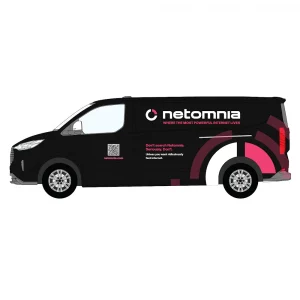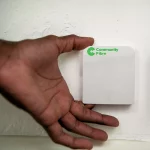Sponsored Links
European 100Mbps Fibre Optic FTTH Broadband Growth Gaining Speed
Posted: 09th Mar, 2010 By: MarkJ
 The growth rate of next generation Fibre-to-the-Home ( FTTH ) 100Mbps broadband services in Europe, specifically those of the EU36 countries (including Russia), has increased markedly from 19% in June 2009 to 29% in December 2009 (Q4). There are now some 3.5 million EU FTTH subscribers and the service can already reach 25 million homes and buildings.
The growth rate of next generation Fibre-to-the-Home ( FTTH ) 100Mbps broadband services in Europe, specifically those of the EU36 countries (including Russia), has increased markedly from 19% in June 2009 to 29% in December 2009 (Q4). There are now some 3.5 million EU FTTH subscribers and the service can already reach 25 million homes and buildings.The results come from IDATE, which is commissioned by the FTTH Council Europe to research the European market. It found that, with a few notable exceptions such as Norway and Sweden (already maturing FTTH countries), the roll-out of new NGA services is still largely in its infancy. To date there are 249 FTTH projects in the EU, 136 of which are new initiatives since June 2005.
Q4-2009 FTTH/B Market PenetrationSadly the UK doesn't even show up in the study, which is largely because our FTTH deployments have literally only just begun. Though by the summer of 2012 BT hopes to reach 2.5m homes with FTTH / P technology. This research does not include Cable Modem DOCSIS providers like Virgin Media UK. However IDATE's final report will include similar but slower VDSL2 ( FTTC ) services, as used by BT to reach most of its 10m homes NGA 2012 target.
(percentage of homes reached)
1 . Norway (64.9%)
2. Sweden (41.4%)
3. Netherlands (33.8%)
4. Denmark (22.3%)
5. Germany (16.2%)
6. Italy (14.8%)
7. France (5.4%)
The main issue for those that do deploy is convincing end-users to subscribe to services based on FTTH networks. In most cases, superfast broadband prices are in line with those charged for regular ( e.g. ADSL , ADSL2+ ) access, or slightly higher to factor in the added capacity being provided.
Many are also taking advantage of true FTTH to bundled television (TV) and phone / voice call services down the same pipe, though the market still has plenty of standalone options. In any case, aside from the speed boost and greater reliability, FTTH has no real killer application to help sell itself. Source: Tekrati.
Search ISP News
Search ISP Listings
Search ISP Reviews
Latest UK ISP News








Cheap BIG ISPs for 100Mbps+
150,000+ Customers | View More ISPs
Cheapest ISPs for 100Mbps+
Modest Availability | View More ISPs
Latest UK ISP News
Helpful ISP Guides and Tips
Sponsored Links
The Top 15 Category Tags
- FTTP (6722)
- BT (3863)
- Politics (3036)
- Business (2736)
- Openreach (2629)
- Building Digital UK (2488)
- Mobile Broadband (2434)
- FTTC (2132)
- Statistics (2102)
- 4G (2062)
- Virgin Media (1997)
- Ofcom Regulation (1761)
- 5G (1692)
- Fibre Optic (1587)
- Wireless Internet (1581)
Sponsored
Copyright © 1999 to Present - ISPreview.co.uk - All Rights Reserved - Terms , Privacy and Cookie Policy , Links , Website Rules






























